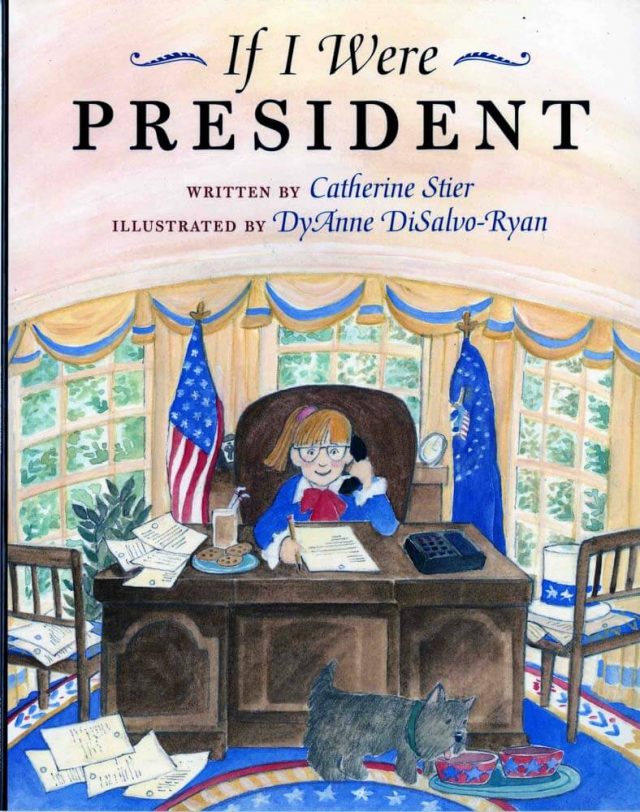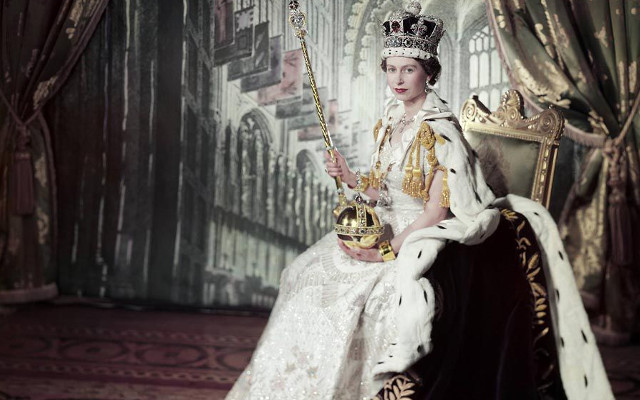It’s terrible but true that some of our favorite authors–some of the ones who wrote the most beautiful, moving literature–were also sexist. Almost more disturbingly, some of the most influential writers were sexist.
But some writers that might have been lumped into this category potentially deserve a break. Are these three authors still sexist, or were they just pretty ahead-of-their-time? That’s for you to decide.
1. Shakespeare
Sure, Shakespeare has plenty of weak or petty women in his plays. Ophelia in Hamlet is largely just a victim–however, she was also a victim of her time, in which her fate was bound up somewhat in Hamlet‘s [being the male] and he is one of the most tragic victims in all of Shakespeare. The two women in A Midsummer Night’s Dream are catty and almost literally fight with claws out at one point, prompting the famous “Though she be but little, she is fierce,” and all over two men–although the men are hoodwinked by sprites and had been toying with the ladies’ logic as well as emotions, causing much of the issue.
Certainly Shakespeare is no patron saint of women. However, there are enough examples of empowered women in his stories that one has to wonder: “Was Shakespeare one of the first feminist authors?”
Characters like Viola in Twelfth Night are obvious heroines: she is the star of the story, and dashes about creating love triangles and hilarity left and right, much the way most heroes of stories do, traditionally. She is a great example of Shakespeare turning the form on its head.
Almost more relevant, though, are the examples of the Dark Lady from the Sonnets and Juliet from Romeo and Juliet. While Shakespeare made Viola the centerpiece of her story, he made the Dark Lady and Juliet transcend all deeply laid boundaries of female behavior. The Dark Lady’s Sonnets are full of lust, explicit sexual desire, and manipulation. Though not as forward about it, Juliet is also a sexually driven character. Women back in the day were not allowed to show sexual desire. Rape, even by good men who would never have raped, was extremely common because even when a woman wanted sex, she was supposed to say “no.” Thus, “no” really did mean “yes” and it was impossible to tell when a woman actually wanted to have sex and when she did not. Thus, for the Dark Lady and Juliet to openly show sex drive, these women were entering a realm that was exclusive to men at the time.
And then we have Lady Macbeth. Although a villain, this woman is a picture of the formidable force of femalehood. You do. Not. Mess. With Lady Macbeth. Macbeth, by himself, would probably have stayed in the service of higher-ups forever–Lady Macbeth had all the ambition for the couple. Not only did she drive Macbeth to do many deeds he wouldn’t have otherwise, but she also calmly pulled off many herself when he failed to come through.
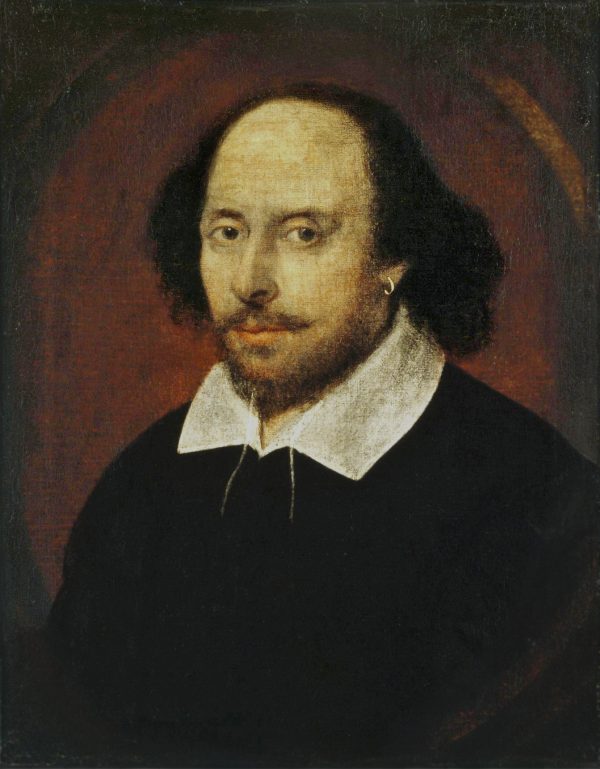
Source: Wikimedia
2. Chaucer
Chaucer is even more ambiguous in his feminist tendencies than Shakespeare. Of course, he was writing a few centuries earlier too.
However, he has a similar character to the Dark Lady and Juliet in his The Canterbury Tales. The Wife of Bath: this lady has a sassy, smart story, with complex and witty language in which she tells about her sexual exploits. She clearly enjoys sex, and though she has no problem with getting married, she also has enjoyed the company of many different men… all husbands, all dying “mysteriously.” Classic.
She also has absolutely no tolerance for domestic abuse. When one of her later husbands hits her, she knocks him out stone cold, then parleys a truce.
The Wife of Bath understood society of the day very well. So she promised her husband that it would look like he had all the control in the household, but actually, she would have it all. He didn’t dare argue.
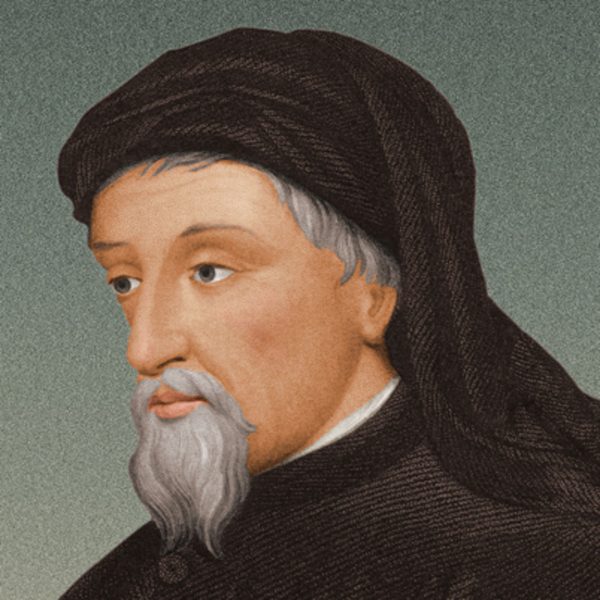
Source: Biography
3. Hemingway
A little later in the game than Shakespeare and Chaucer, Hemingway is still an interesting and variable potential feminist. JT Brandt wrote:
“He cannot respect women unless he feels that they can match his masculinity. While it may be a positive feminist point that he does not demand that women submit to him, his views of women seem too binary. Either they act too stereotypically girlish, or they take on hypermasculine traits. Hemingway blinds himself to the middle ground. In the process, he oversimplifies the complexity of the situation and sets an ideal mold – a test – that few women can live up to.
I would argue with Bauer and del Gizzo that Hemingway’s misogyny is far over exaggerated and that he is much more open-minded than past feminists gave him credit for, but I also believe that Hemingway’s test of every woman’s strength and virtue to determine whether or not he should respect them is unfair.”
Hemingway’s Brett in The Sun Also Rises is set to marry Mike. But she quite openly sleeps around, has been married a few times before, and generally treats the men around her as, not only sexual play toys, but as pets: almost every man in the story has reason to believe that she loves them, that they alone really understand her and thus, they alone can really love or be loved by her. This would seem siren-esque, if it were not for the male reaction. All the men in the story are swoony, hopeless romantics. Though no one is vouched for by the author, gender roles are easily reversed here, no questions asked. The story plays out in Hemingway’s beautiful, dry prose, showing how simply true this scenario is: that women are not always the ones fawning over the men, waiting in the wings to be chosen–it goes the other way too.
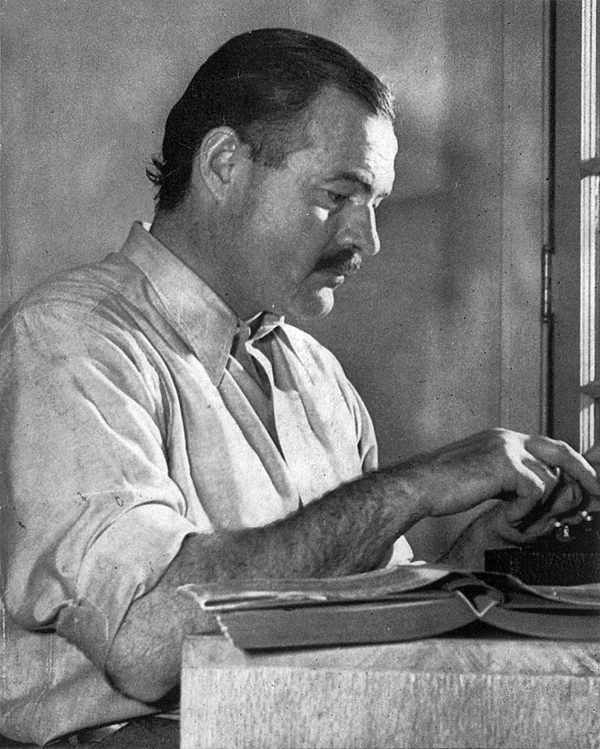
Source: Wikimedia
You will have to decide for yourselves if these complex authors really did much for the feminist movement. Plenty of these author’s stories are traditional in their view of women: was that to showcase a societal standard of their time? Are their respective feminist stories highlighted due to their inclusion within traditionally-written canons? These are three huge names in the literary world–can they be looked to as–yes, subtle–feminist writer models?
YouTube Channel: Interesting Facts
Featured image via The Odyssey Online

